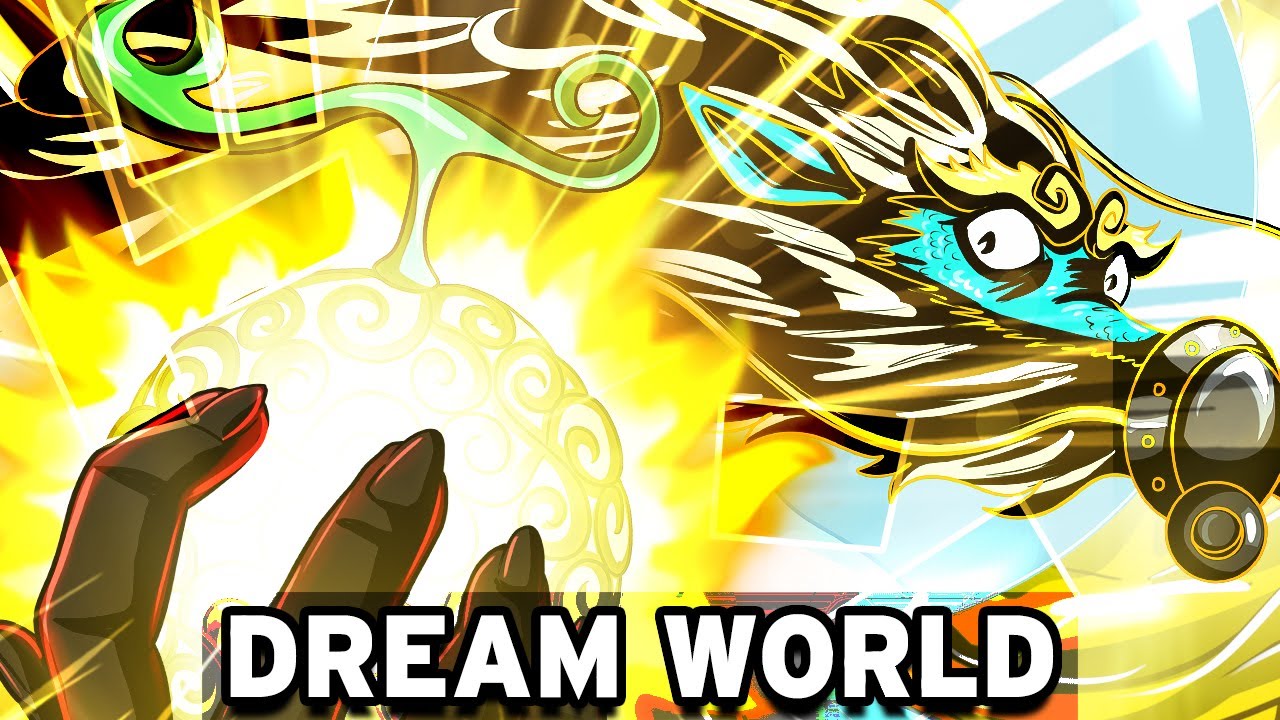Elbaph is unraveling. What started as a battle between warriors and invaders has escalated into something far worse—a clash of ideologies, nightmares, and now, the emergence of two terrifying Devil Fruits. You barely have time to process the horrors already unleashed when these new abilities make their presence known, each carrying implications too dangerous to ignore.
The first? A fruit designed to twist love into suffering. The second? A power that directly counters Luffy’s boundless imagination, a force so unnatural it feels engineered solely to suppress him.
Then there’s Loki. Luffy may have struck him down, but that moment of triumph is fleeting. Because this isn’t just a fight—it’s a story steeped in centuries of pain. As Loki regains himself, the past bleeds into the present, peeling back the layers of a tragedy that started long before Luffy ever set foot on Elbaph.
But before you even get to that, there’s something deeply unsettling about the Holy Knights. Seated at a lavish dining table, indulging in a feast while chaos devours Elbaph, their presence is a grotesque reminder of how the world truly works. The few gorge themselves while the many suffer. It’s a microcosm of the celestial order itself—unshaken, untouched, and completely indifferent to the destruction they’ve wrought.
And then there’s St. Summers. Arrogant, cruel, and now wielding the Ibara Ibara no Mi—a fruit that embodies his twisted view of love. To him, affection and pain are inseparable, and he’s crafted a method of execution so perverse it could only come from a mind as warped as a Celestial Dragon’s. He’s turned love into a weapon, forcing parents to endure agony to reach their children, knowing full well their devotion will drive them to their deaths. The true cruelty? He lets the children wake up just in time to watch it happen.
Meanwhile, St. Killingham’s Kirin Fruit unveils its horrifying potential. This isn’t just another mythical Zoan—it’s a power that blurs the line between dreams and reality, an ability that makes nightmares tangible. If Luffy’s Gear Fifth is a manifestation of freedom, this is its antithesis—an oppressive force that brings one’s worst fears into existence. And the implications are staggering. If this ability is turned against the Straw Hats, their deepest traumas could become weapons against them.
Then, amidst the chaos, the past resurfaces. A young Loki, wielding a kanabo, stands in the shadow of King Harold, his form eerily mirroring that of Kaido. A connection long suspected but never confirmed inches closer to revelation. Harold, a king who severed his own horns to distance himself from his past, now faces a son who embraces everything he sought to reject. And yet, the deeper tragedy is clear—Harold’s dream was never to rule alone. He wanted Loki and Hajrudin to lead Elbaph together.
But something went terribly, terribly wrong.
Loki, for all his monstrous presence, isn’t just a villain. He’s a shattered remnant of what could have been, driven by circumstances yet to be fully unveiled. And as he finally removes his helmet, you see the truth—stripped of his godly image, he’s no different from the brother he left behind.
The storm of Ragnarok is far from over. And now, it’s no longer just about survival. It’s about unraveling the truth of Elbaph before everything burns.

Leave a Reply